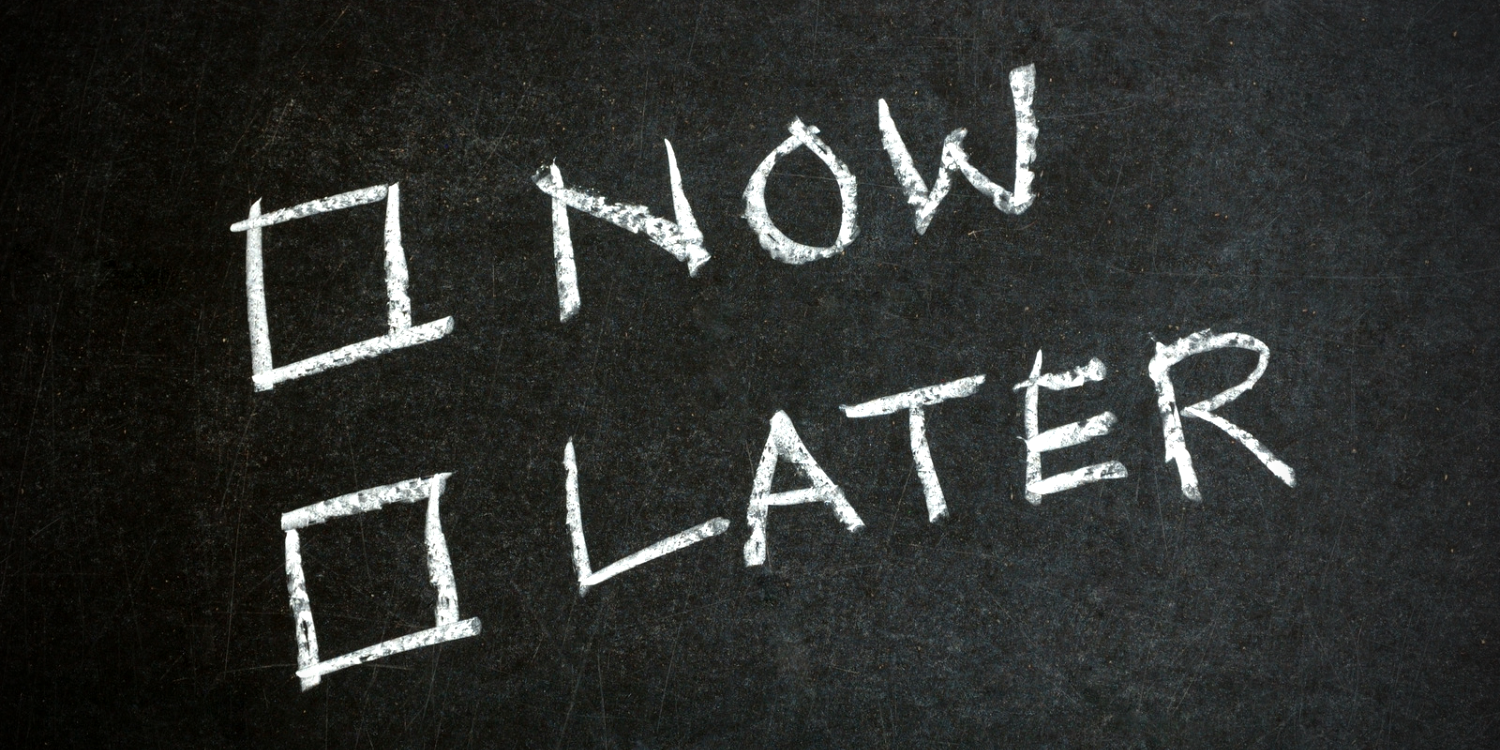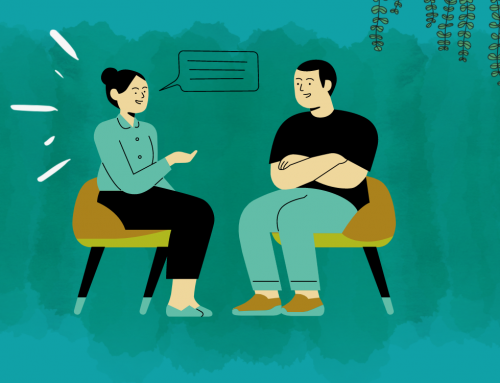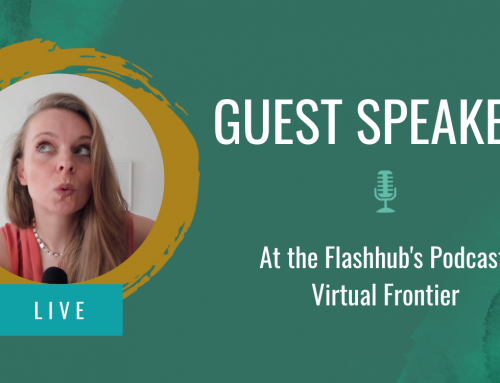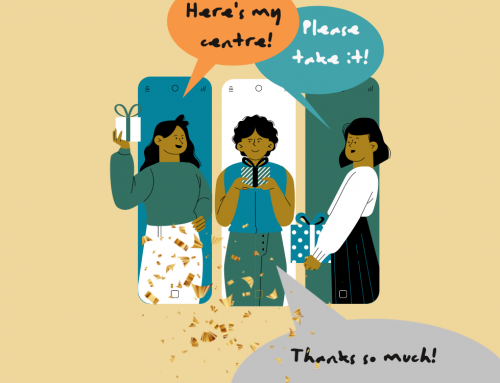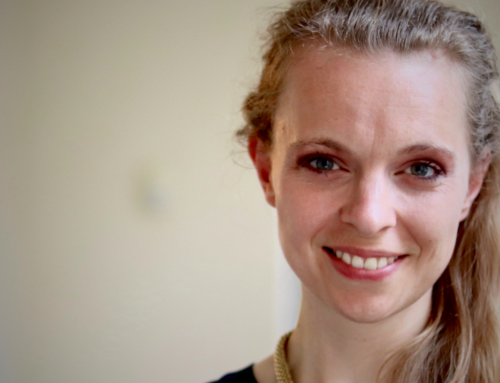Doing yet not doing. Living yet not living. Inertia while being so inherently busy. Sitting in front of our resistance and waiting for an epiphany to hit. An insight to end our unwillingness to move, a reason for our body to change, a semantic workaround to reframe that thing we have so much resistance again and make it look compelling rather than appalling.
This article is about how to help ourselves when we are in a rut. Dangling between frustration, resentment against the task at hand and a sense of guilt. The despair over not being able to move despite having committed to that many times before.
Our carefully designed self-coaching guide as PDF HERE
Procrastination – Your companion on the journey of a profound idea ripening over time
What if procrastination is not primarily a reflection of lacking commitment, but the feedback our body is giving us that what we are doing or the way we are doing it isn’t the best.
What if our procrastinating tendencies are an intuitive indicator that there are better, more creative and more inspired ways of doing things? That we should pause in order to let the meaning behind the struggle with the realities of our quest surface.
In short: What if our body is right?
And: Should we really work against it? Can that possibly be sustainable?
Procrastination – You may delay, but time will not
Then again what if procrastination is the feedback from your head that the resistance of our body is inappropriate or unnecessary? The real enemy of success – indeed!
What if our inner resistance is indeed just the short-sightedness of our animal brain? That our feeling of guilt has a point – as there are clearly better ways of using time? That a lack of creativity is not the problem – but implementation is.
In short: What if our head is right?
And: Should we really work against it? Is that possibly a good idea?

Trusting the body or the head. Or: Are you the ant or the grasshopper?
The dichotomy of weighing the benefits of “go with the flow” versus “discipline” is obviously an ancient problem – wonderfully illustrated by Aesop’s fable of “The Ant and the Grasshopper”. In the story the ant exhausts itself collecting food in the summer whereas the grasshopper dances, sings and lives into the day. In winter the grasshopper knocks at the ant’s door to ask for food and… now different endings exist!
… the ant smashes the door into the grasshopper’s face “sorry, but not sorry!”
… the ant happily invites the grasshopper and forgivingly shares the food.
… they make a deal that the ant shares food while the grasshopper entertains the ant with music.
No matter which morale you support, it is easy to see that through history this story has been highly triggering to many minds.

This article won’t attempt the impossible of proving one side right. Instead we wanna train our ability to discern when it’s time for what: discipline and bliss. Following the head and following your body. And how to know when it is time for what.
Hence, the challenge is not one of overcoming the body but one of listening wisely to the underlying tones our body and head want to convey.
We base our listening on the assumption that both body and head have a point. They might both be correct. Yet, their ability to advise our action comes with different pitfalls.

How do you know when it is time for what?
To solve the body-head-paradox, we start out by understanding the essence, the true nature of the message each part – whether body or head – wants to communicate to us. An exercise of “Sensing In” and “Thinking Out”.
“Sensing In” means to tune in with my body and answer the questions:
* What is at the core of my resistance?
* Which uncomfortable feeling am I avoiding?
* How is my body trying to save me from making a mistake?
“Thinking Out” means to acknowledge that all emotions – whether comfortable or uncomfortable – are really just chemicals made up by my animal brain, check in with my head and answer the questions:
* What are the long term consequences of the behaviour my “body” tells me to follow?
* Is that making me happier or unhappier?
* Is my body “protecting” me or am I just standing in my own way?
It is highly likely that after answering this you will lean towards one or the other.

But that’s where you started from. You already knew that. So let’s take this one step further:
Who are you choosing to be?
In order to overcome any obstacle – whether that is the fear of doing something or the fear of staying where you are – we have to know our “why”.
Without a “why” any obstacle will never be turned into an opportunity for growth.
Having said that you have probably tried convincing yourself of lapsing into action before. So let’s consider the most powerful why of all times:
“All human actions are motivated at their deepest level by two emotions: fear or love.” *
And for the sake of inspiring action, let’s add the notion of courage – which considering it’s linguistic origin “coeur” i.e. French for “heart” – isn’t that far-fetched from the idea of “love”.

So let’s take your answers and examine mindfully:
Which part reminds you more of who you truly are? Or truly seek to be?
Which elements of your answers are inspired by fear? Which elements are inspired by courage or love?
Who would you rather follow?
What does your action say about who you choose to be as a person?
And what are you creating by following either path?
Let your subconscious know by writing it down.
The truth doesn’t need many words, so dare to be short.
Make your own call as to whether your procrastination is an act of courage, love or fear.
And if you like: Make a decision of what’s next for you.
*Donald Neale Walsch in one of our favourite books “Conversations with God”

